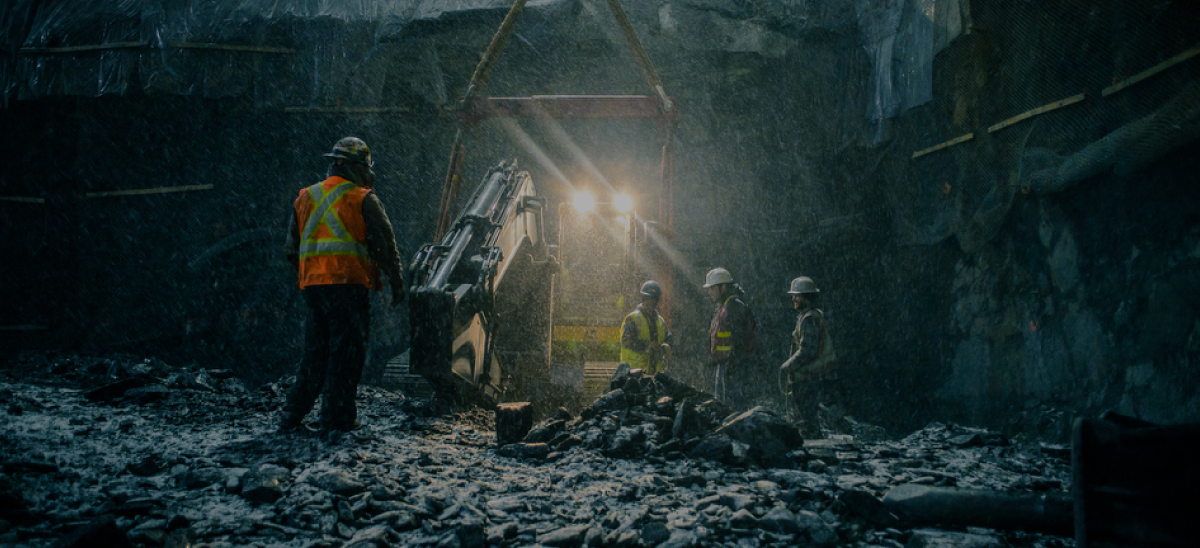
PUBLISHED
July 6, 2016
WRITTEN BY
Victoria Formosa
Hazard or risk assessments are a critical part of a functional, operationalized health and safety program. Not only do they present an opportunity to quantify the amount of risk your organization faces and the percentage of risk you are able to mitigate by putting controls in place, but they also help to improve worker participation in safety.
However, before we can truly understand how hazard assessments can improve worker participation, let’s take a moment to identify the different types of hazard assessments and who should actually be taking part in them.
What are the Common Types of Hazard Assessments?
There are three common types of hazard assessments: Formal Job Hazard Assessments, Project Hazard Assessments and Daily or Site Hazard Assessments, which are also referred to as Field Level Risk Assessments (FLRA) or Field Level Hazard Assessments (FLHA).
Formal Job Hazard Assessment: takes a close look at the overall operations of an organization to identify hazards, measure risk (to help prioritize hazards), and develop, implement and monitor related controls for each job or type of work. Formal job hazard assessments are detailed, can involve many people, and will require time to complete.
Project Hazard Assessments: are performed before work starts at a site and at a site where conditions change or when non-routine work is added. This flags hazards identified at the location (e.g. overhead powerlines, poor lighting, wet surfaces, extreme temperatures, the presence of wildlife), or introduced by a change at the work site (e.g. scaffolding, unfamiliar chemicals, introduction of new equipment). Any hazards identified are to be eliminated or controlled right away, before work begins or continues.
Daily or Site Hazard Assessments: similar to a project hazard assessment but these daily hazard assessments are used to identify site specific hazards that have NOT already been controlled or identified in the project hazard assessment or are out of the ordinary.
Who Should Participate in Hazard Assessments?
For all of the different types of hazard assessments to be truly effective, they should be considered “team activities” – not just a safety department activity. Onsite workers, who are most exposed to these hazards, are the ones that can give the best insight into identifying them. They are also most likely able to provide suggestions for best practices with mitigating the hazards they encounter on a regular basis. So for formal job hazard assessments, be sure to involve all employees in that particular role. For project hazard assessments include everyone who will be working on that project. And finally, for daily hazard assessments, involve all workers onsite for that day to be sure that every hazard not already identified, will be.
Another reason why it should be a team activity, involving all employees, is that people have different point of views and ways of experiencing things. By involving everyone’s point of views and experiences, you will have more information and insight into the hazards that exist and ways to eliminate them effectively.
With that being said, management and the safety department should certainly lead the process and receive hazard assessment training so they know how to recognize, evaluate and control hazards. They should also have a good understanding of the job tasks they are evaluating and the experience/skill level of their employees.
How Hazard Assessments Improve Worker Participation
Hazard assessments should improve worker participation in safety by merely including them in the process but they are also beneficial in showing onsite workers, not typically involved in safety, how simple tasks like mopping up spills or clearing debris are important and play a crucial role in reducing risk. By showing employees the real value of doing these tasks, you can inspire them to be more proactive in taking measures to reduce risk.
Furthermore, by taking the time to conduct a hazard assessment, management is able to prove to employees that they are valued and demonstrate their commitment to workplace safety. Showing employees that you value them helps inspire participation and ownership of workplace safety.
Another benefit of hazard assessments is that they get employees outside of the safety department thinking and talking about safety. This not only helps improve worker participation but it can also help build a positive safety culture, where employees across all levels of the organization are communicating about safety.
In short, hazard assessments are not only important risk reduction activities but they are also a great way to encourage worker participation in your safety program. They give management the opportunity to involve the entire company, rather than just the safety department, in identifying and eliminating hazards in all aspects of the workplace that contribute to creating an open and positive safety culture.
Put Safety in the Palm
of Your Workers’ Hands
We can make effective changes to your
health and safety processes.
Discover How Participation-Based Safety Can Transform Your EHS Program.
READ CASE STUDY →